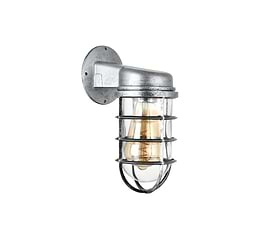Living Room Lighting Guide
Living Room Lighting Guide
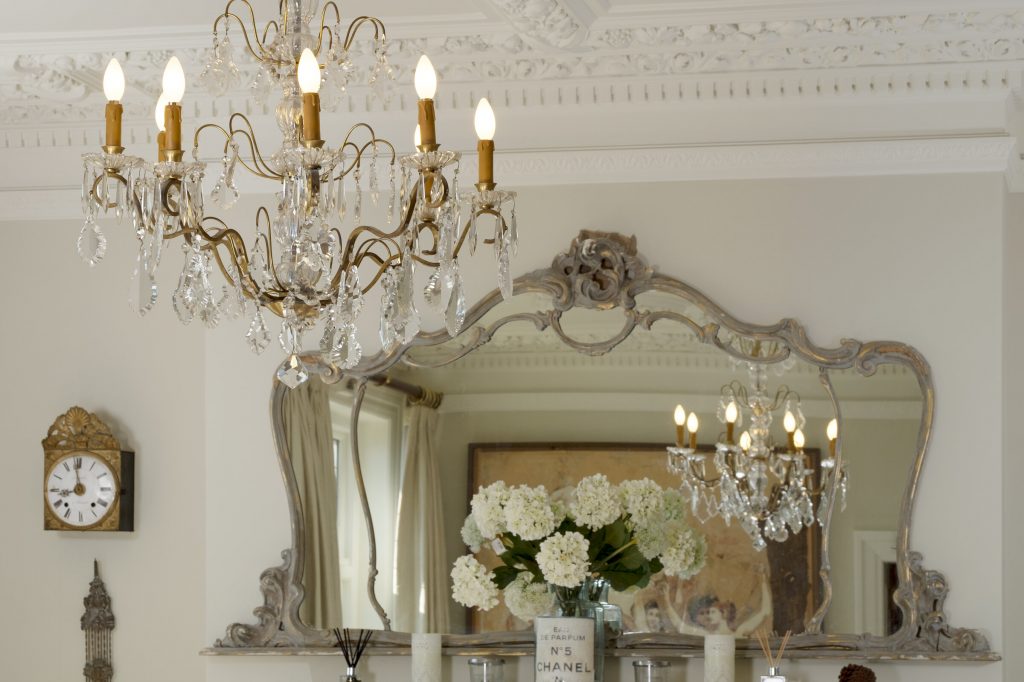
With the darker nights drawing in, the endless light evenings that required minimal lighting are sadly over. It's a time to reflect on your current lighting strategy in your living room to create a cosy, warming and most importantly well lit room for relaxing, eating or working.
There are many different options for how you choose to light your living room. This can depend on individual requirements and how your room is used. We talk you through our living room lighting guide to help you select the right lighting for your living room.
There may be occasions where you want to light a living room with no overhead lighting. This might particularly be the case if you have a beautiful ceiling that you don't want to encroach onto.
Whilst it's not the traditional way to light a living room. This does provide an opportunity to be creative with different forms of lighting.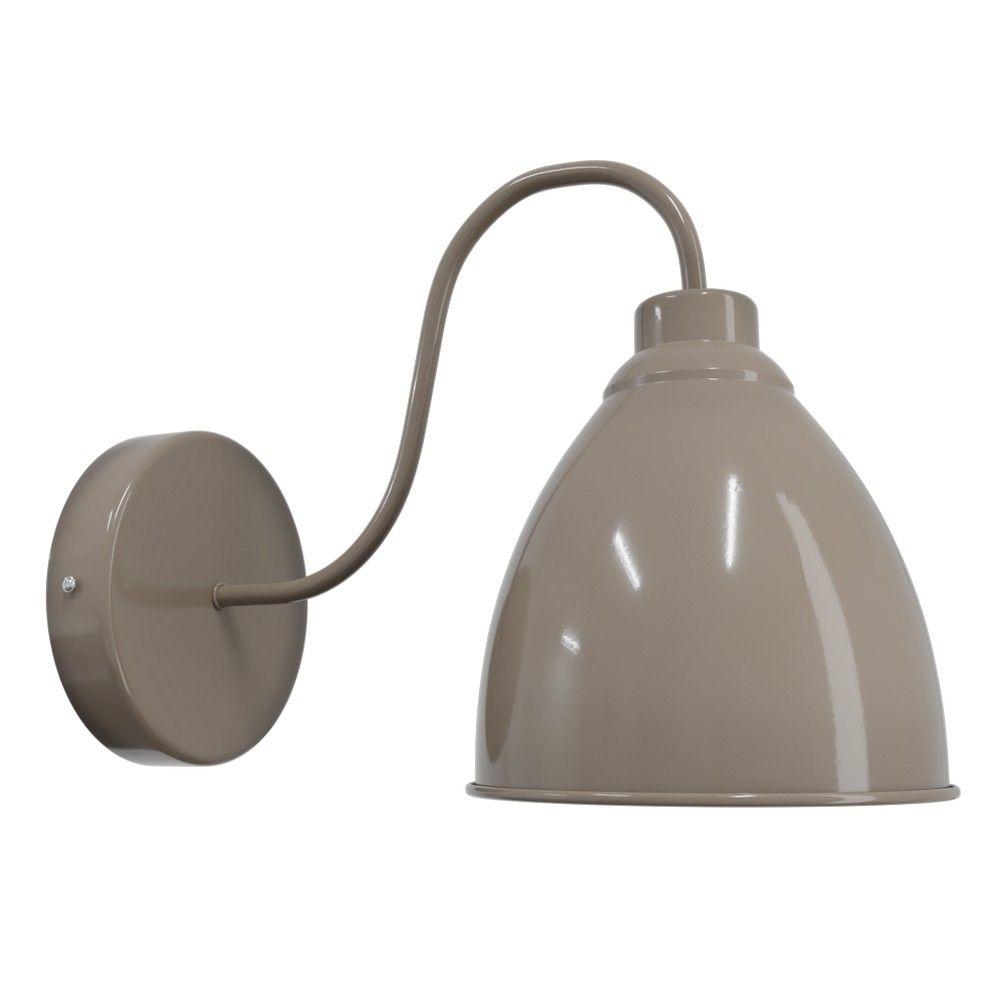
One form of lighting is likely to not be enough, especially on those dark mornings. Layering lighting is key when not using overhead lighting.
A floor lamp is a fantastic way to get a lot of targeted light onto one area. Perfect for task lighting, this is ideal for reading nooks or layering with additional lighting to light the entire room.
Wall lights are a match made in heaven with floor lamps. They provide better distributed light while a floor lamp can brighten the areas that need it most.
Another inexpensive way to light your living room without the use of overhead lighting is table lamps. They provide effective light sources, and strategically placed they can provide an adequate amount of light without the need for overhead lighting.
Layering Lighting
As touched on above, layering lighting is a great way to achieve the desired level of lighting through the use of different lights.
For it to work effectively in your living room, you need to find the right balance between downlights, pendant lights, floor lamps and wall lights.
Once you understand the three different types of lighting, task lighting, accent and ambient lighting you can work around your requirements and layer accordingly.
To effectively layer your lighting, keep these key considerations in mind;
- Use plenty of floor lamps, they give you additional flexibility on where you want your lighting to be placed.
- Remember that ambient lighting doesn't have to come from overhead lighting alone. Wall lights, floor lamps and table lamps can all contribute to it.
- Don't forget natural lighting comes into play too! Especially if you have large bay windows or street lighting near to your windows.
Ambient Lighting
Adding some ambient lighting to your living room setup can help to set the overall mood for the room. This can be achieved in a number of different ways.
Ambient lights most commonly hang from the ceiling. This could include pendant lights or chandeliers, among others which help to create a rooms ambient lighting.
Using a dimmer switch for ambient lighting gives you control over lowering the brightness of your lights. This is particularly useful as the role of your room changes as the day goes on.
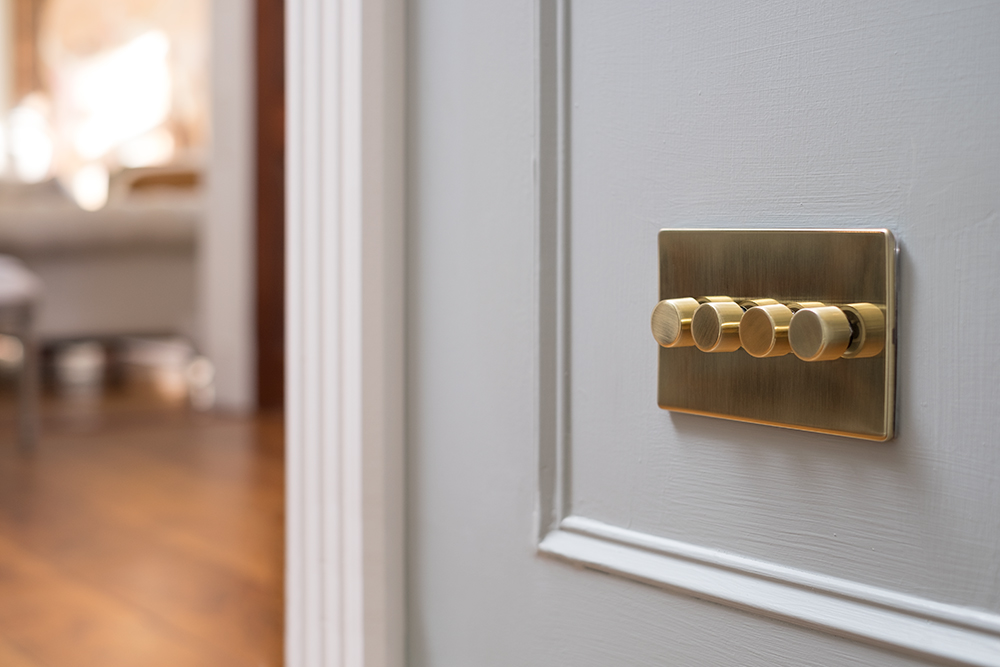
Colour Temperature
The colour temperature of your bulbs is another important consideration to have when creating the lighting plan in your room.
The colour temperature describes the appearance of the light. Colour temperature is measured in degrees Kelvin on a scale from 1000 to 10000.
It's dependent on your personal preferences for your living room, but generally speaking a colour temperature of 1800K which is sunset white is perfect for living rooms. This emits a vintage style light which is beautiful and warm. This colour works well in a living room as it can help to create ambience and warmth.
A slightly cooler, but still warm colour temperature is 3000K which is a warm white light. The warm inviting glow it creates makes it perfect for a living space. However, if your living room is a place you work in quite regularly you might want to opt for something closer to daylight.
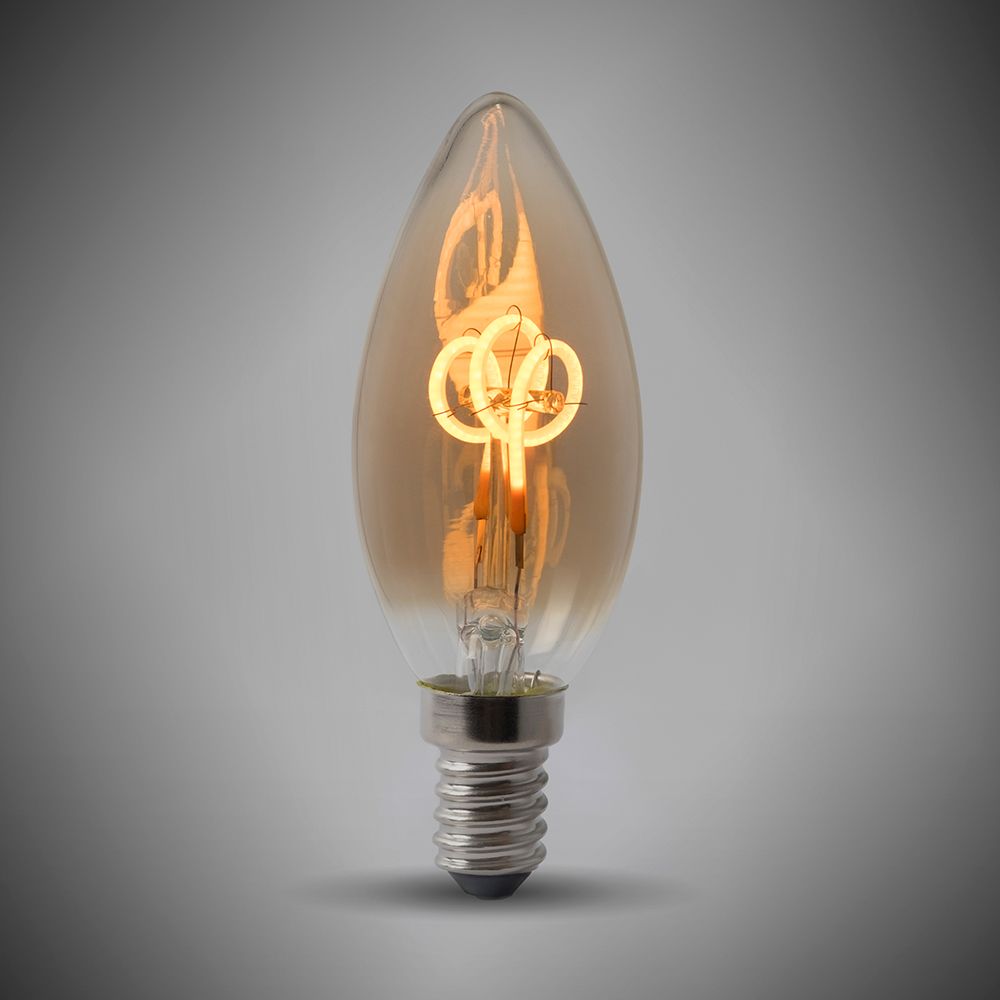
The living room is one that can adapt and change as the day goes on, so it needs a careful lighting strategy that can help you go from work to relaxing if required.
[related_products is_auto_added="1"]


